Adding greenery and life to our indoor spaces is why houseplants are so popular among people. They require little more than a bit of light and water in return. The other great thing about them is that they can be propagated easily. Many houseplants can be propagated through the stem or cane cuttings.
Stem or leaf cuttings, division, air layering, and seeds are all ways to grow new houseplants from a mother plant. Each method works differently, and some are better suited to certain types of plants. After cutting off the main plant, most cuttings should be gently inserted into the compost.
21 houseplants you can propagate from cuttings
Arrowhead Vine
The arrowhead vine is an attractive trailing or climbing vine that proliferates if given the right conditions. Because of its easygoing nature and attractive hanging shape, it has become a popular houseplant. The leaf structure of the arrowhead vine changes from a simple arrow to a deeply lobed or divided leaf as it matures. From dark green and white to green and bright pink, its leaves can vary in hue with age.
In case you missed it: How to Grow Kumquat from Seeds and Cuttings: Check How this Guide Helps Beginners
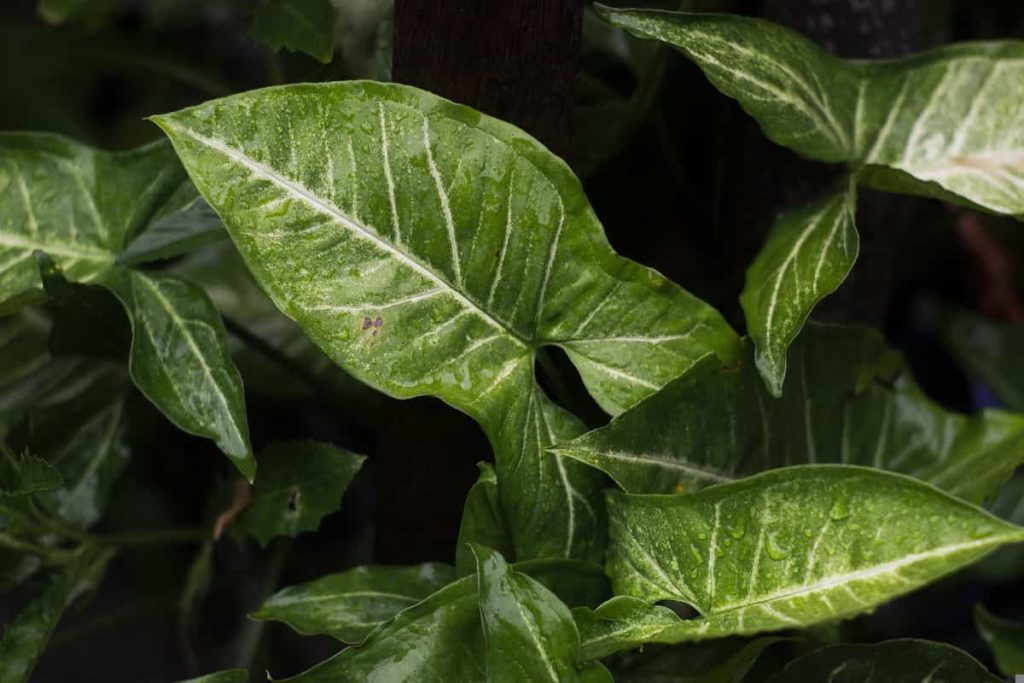
As a houseplant, it can be grown all year round. Cuttings of this plant can be propagated easily. The first step is to cut a 6-12 inch section of the stem. You can then plant the cutting in the soil or watch the roots grow in water. New roots will appear in one or two weeks, and new leaves appear after a month.
Tradescantia
Spiderwort, also known as tradescantia, is a tough tropical plant. Tradescantias are typically purple and variegated with silvers, greens, creams, pinks, and sometimes gold. Dark purple undersides are commonly found on light-foliage varieties, which creates a dramatic effect. Despite the attractive foliage, wide varieties produce small flowers that add a touch of beauty to the plant.
Dip the cuttings in a full glass of water after removing the bottom leaves. You will see little roots developing when you leave them in the sunlight for a week or so. Plant the cuttings in a container with standard potting soil once they have roots.
Chinese Money Plant
One of the most beloved plants is the Chinese Money Plant, an eye-catching green beauty. This plant is very easy to maintain and belongs to the stinging nettle family member. There is nothing more beautiful than this remarkable little plant. Its rounded dark green leaves add a touch of interest to indoor spaces. This plant produces new ones on its own. When the pot grows, small plants are also grown at the bottom. Plant them in new pots after taking them out.
Cordyline
Cordyline, also known as the Ti plant, has leathery, spear-shaped leaves in various colors. These evergreen shrubs can have green, red, yellow, white, purple, or purplish-red leaves. During the early summer, cordyline plants bloom white, pink, or lavender flowers with berries. It is possible to grow cordyline varieties outdoors or indoors. Houseplant cordylines occasionally bloom, but outdoor varieties are more likely to bloom.
Corn Plant
A tropical evergreen tree, the corn plant is a popular indoor plant. They grow slowly from thick canes or stems that produce long, narrow leaves that grow upward like corn stalks. They also have a growth habit that makes them look like palm trees, which is why they are sometimes called false palms. In containers, they typically grow to around 4 to 6 feet tall, making them good houseplants.
A standard stem cutting can be used to propagate corn plants. However, some people prefer to get fancy and use a much more complicated method called air layering, which involves growing roots from the middle of a stem before cutting them off.
Dumb Cane
A terrestrial herbaceous plant grown in tropical climates, a dumb cane is a member of the mint family. Stems at the nodes of the basal stems are often thick and root at the nodes. These plant stems can grow up to 1.5 meters tall and trail considerably along the ground. The plant leaves have elongated, grooved petioles (10-35 cm long), which are usually medium green but may be spotted, and these petioles are enclosed in a sheath for about 2/3 of their length.
Variegated leaves, especially along the midribs, are somewhat leathery and pale green or white. A dumb cane cutting can be propagated in soil, but it is much faster and easier in water. Make sure they receive a good amount of indirect sunlight. Plant 5-6 inch stem sections from the plant, remove any lower leaves and dip the cut ends in rooting hormone.
Easter Cactus
Bright red blossoms characterize the Easter cactus, a famous spring-flowering cactus. In addition, there is an abundance of fragrant rose-pink flowers on the dwarf Easter cactus. This plant is a pendulous branching plant without spines, and its segmented stems have flattened cladodes with notched margins. There are numerous petals on the funnel-shaped flowers, which are usually borne at the terminal cladodes.
In case you missed it: How to Grow Moringa Tree Faster: Best Tips to Increase Flowering, Fruiting, and Production Yield
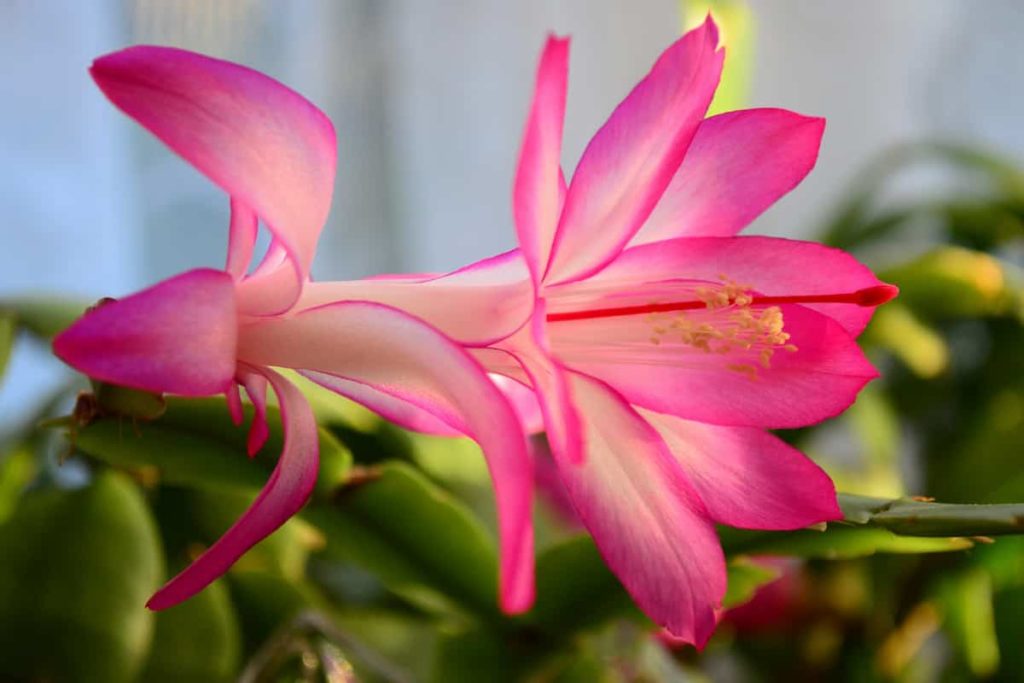
Cool temperatures are essential to bringing on the best flower buds in winter. During propagation of this plant, let the Easter Cactus cutting dry out for a couple of days before potting; this will give it the best chance of surviving. When propagating an easter cactus from a cutting, be sure not to overwater it; this is one of the biggest mistakes people make.
Devil’s Ivy
Devil’s Ivy is an easy-to-care-for perennial evergreen houseplant. Glossy, green, or variegated leaves on stems make this plant desirable. The trailing, climbing vines will grow as long as 6 to 8 feet as horizontal ground cover. This feature makes it well-suited for hanging baskets. The roots of vines are quickly established in water. After that, they climb utilizing brown adhesive aerial roots.
Cuttings of Devil’s Ivy are easy to propagate. The initial step is to cut a piece of stem or stem tips below a node. Next, submerge its base in water for up to two weeks to allow it to root. Finally, plant the vine into the soil once the shoots appear.
Jade
Growing jade plants indoors is relatively easy and resilient because they are succulent houseplants. These plants live long if they are cared for properly. Jade plants have thick, woody stems with oval-shaped leaves, giving them a miniature, tree-like appearance and attractive, decorative houseplants. When grown indoors, they reach three feet or more heights, are long-lived and are often passed down from generation to generation.
In case you missed it: How to Grow Green Chilli Peppers Faster: Best Tips to Increase Flowering, Fruiting, and Production Yield
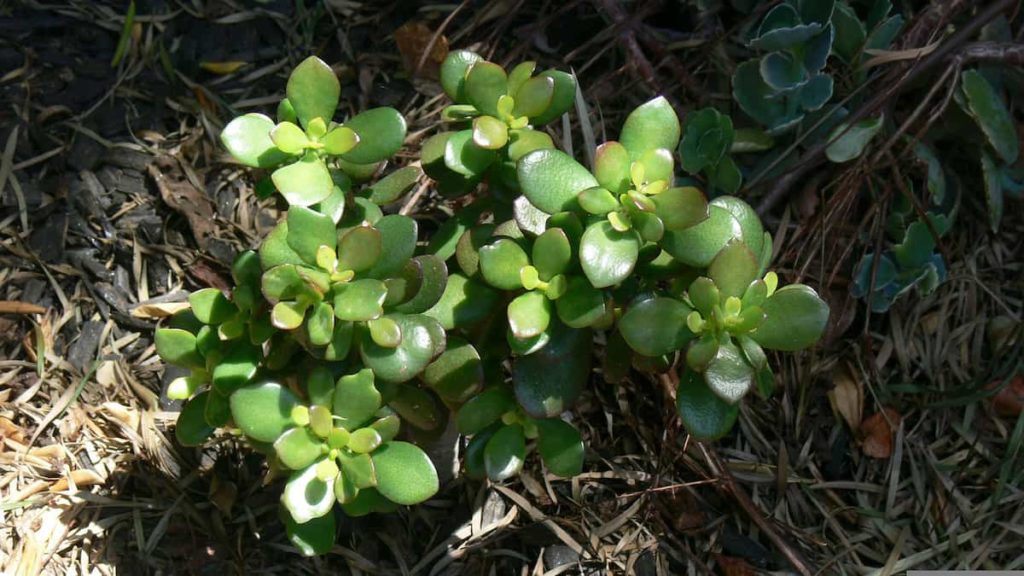
Propagation is effortless, and there are many options available. Stem cuttings or fallen leaves can be used to propagate this plant. Water, moist sand, or soil can be used. Remember to take care. You can multiply this good luck plant by cutting 4-5 inches of stems and propagating them in a well-draining succulent mix or water.
Monstera Deliciosa
As this plant has many deep holes in its leaves, it is also known as the Swiss cheese plant. Usually 40 centimeters wide, its heart-shaped leaves are shiny and heart-shaped. Young plants are white and pale yellow, and mature plants are a darker green. Every branch and trunk close to this evergreen plant is attached to its long, strong roots.
Passing air through the leaves without tearing them is possible because they have large holes. When propagating this plant, cuttings should be taken after a leaf node and removed from the bottom leaves. It takes some weeks for them to root in water, and then they can be planted in soil.
Pink Princess Philodendron
The pink princess philodendron is a highly sought-after plant known for its deep green, heart-shaped leaves with bubblegum pink variegation. Plants like the pink princess are genuinely unique. Although it can easily be confused with the Philodendron pink congo, the variegation of the pink princess occurs naturally.
Contrary to this, the pink congo variegation is caused by chemicals injected into the leaves. This plant can be propagated by having one node underwater. Afterward, you can see aerial roots encircling the node. The roots will grow in the water after a few weeks.
Rubber tree
Ficus elastica is commonly called a rubber tree, rubber plant, or rubber tree plant. This plant’s waxy leaves and larger-than-life appearance make it a popular houseplant, growing anywhere between six and ten feet tall as a domesticated houseplant. Rubber plants are tree-like and known for their great height and beautiful leaves. In addition to their grand size, these plants come in various colors that complement any decor style.
In case you missed it: Top 25 Tools for Gardeners: Uses, Functions, and Care
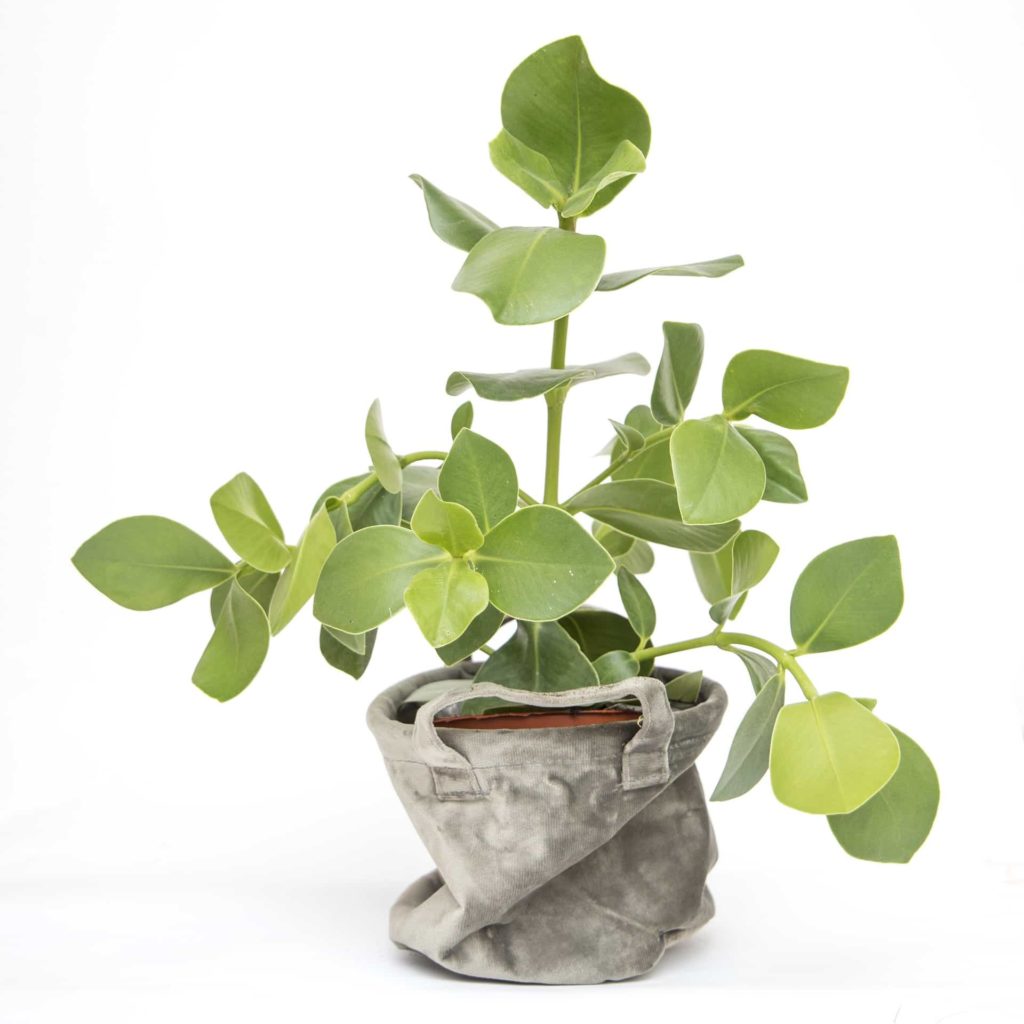
You can propagate rubber plants by taking a small branch from a healthy plant and letting it root in soil or water. Then, to grow it, all you need is a stem of 4-6 inches in length, rooting hormone, and well-draining potting soil.
Star Jasmine
Jasmine star, or Confederate jasmine, is a vine that produces sweet-smelling white blossoms that attract bees. Aside from providing excellent ground cover, it also makes an excellent climbing decoration. It can spread and reach 3 to 6 feet once mature. Star jasmine plants climb well and can be trained to grow on trellises, doorways, and posts for beautiful, fragrant decorations in addition to ground cover.
It is more difficult to propagate Star Jasmine through cuttings than most plants. Ideally, the cutting should be taken in Summer from semi-hardwood parts of the stem. Once the cutting is rooted, place it in a sheltered spot in a mixture of perlite and peat moss. Star Jasmine plants are easy to grow.
Hoya
It is a succulent plant with shiny or fuzzy leaves, also known as a wax plant. Plants with long, skinny stems are often grown in hanging baskets, but they are also good in traditional containers. Since it is slow-growing, you don’t have to worry about it taking over a desktop or forming a canopy when hanging near a window.
Taking a cutting from a hoya for propagation is best done in spring or summer. Start by cutting a stem with at least two 3-5 inches long leaves. Plant this in a glass of water until roots develop around 2-3 inches long. Cuttings can also be placed in a pot filled with three parts perlite, three parts coco-peat, and one part vermiculite.
Snake Plant
Snake plants are common indoor plants with sword-shaped leaves that will grow upright and almost look like artificial foliage. Snake plants are commonly used as home decor since they are easy to care for, pleasing to the eye, and require little water. Snake plants, also known as mother-in-law’s tongues, are resilient succulents that can grow from 6 inches to several feet tall.
In case you missed it: How to Grow Cucumber Plants Faster: Best Tips to Increase Flowering, Fruiting, and Production Yield
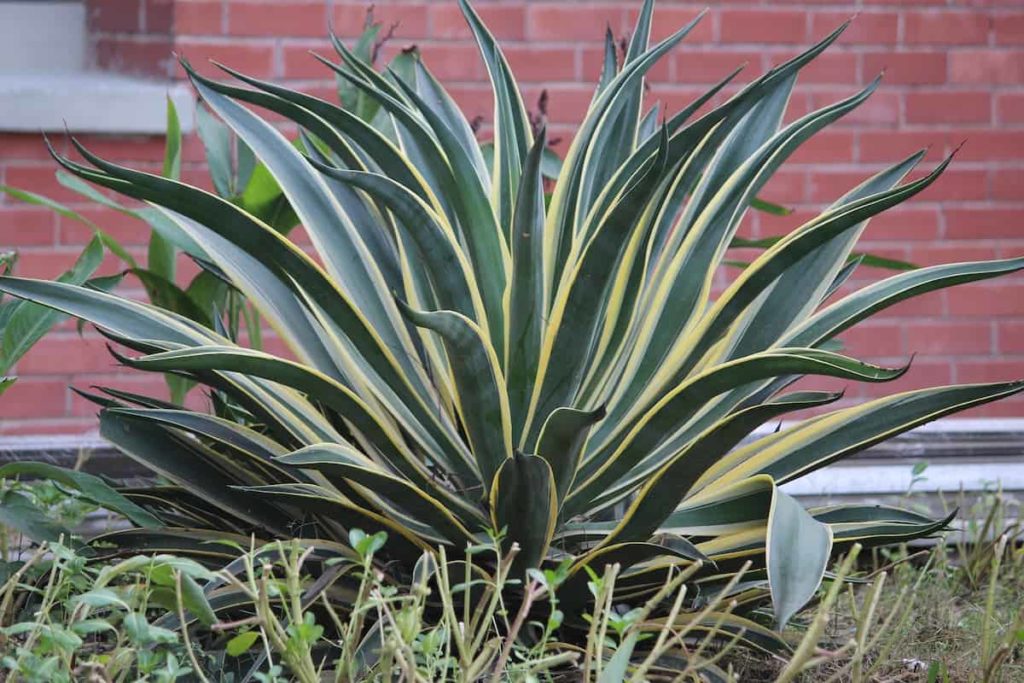
Rooting snake plant cuttings is as simple as placing a leaf in a jar of clean water. First, take a leaf from an established plant and cut it off. It is recommended that the cut leaf be at least six inches tall. The cut end of the leaf should then be placed in a vase or jar filled with 3 inches of water.
String of Pearls
Easily recognizable by their tiny pea-shaped leaves, a string of pearl plants is unique vining succulents. As with String of rubies succulents, the leaves grow on trailing stems that spill gracefully over the sides of planters and hanging baskets. The plant can be propagated by these stems, which are robust and fast-growing. Although it rarely blooms indoors, the String of pearls produces white flowers in spring with a pleasant cinnamon-like scent.
A string of plants, including the String of Pearls, can propagate from cuttings relatively quickly. The cut end of a 4-inch strand should be planted in the soil. Keep them well-fed and watered for a few months while the roots grow.
Verbena
Plants of the Verbena can be grown both as perennials and as annuals. Plants with dark green, elongated, toothed leaves can be low-growing, trailing, or whole, flowering bedding plants. Throughout the spring and fall, they produce clusters of colorful flowers. Planting verbena hybrids as potted nursery plants in the spring or starting seeds indoors in late winter is a standard method of growing them. Mid-summer is the blooming time for these moderately fast-growing plants.
In case you missed it: How to Grow and Care for Devil’s Ivy – A Step-by-Step Guide for Beginners
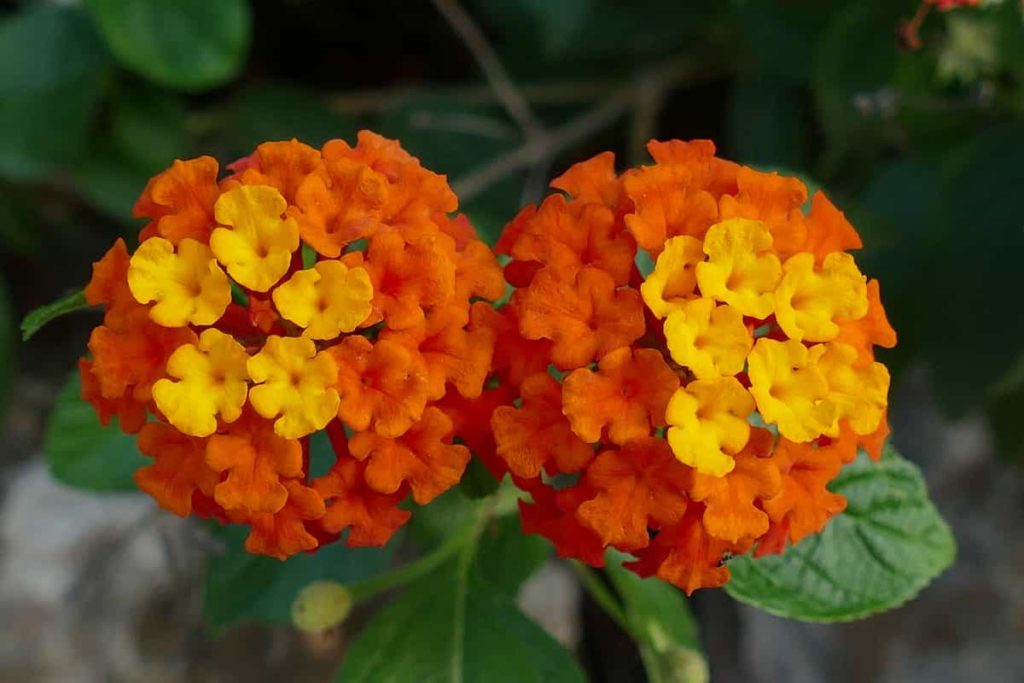
It is best to take Verbena cuttings on a summer morning when the shoots are at their firmest. The cutting will be at its healthiest in the summertime and has the best chance of surviving, rooting, and growing. Ensure the container where the cutting is planted is at least 12 inches wide, so the cutting has plenty of room to grow.
Yucca
The Yucca plant is striking and low maintenance, making it a perfect houseplant. Additionally, it is drought-tolerant, pest-resistant, and slow-growing. You can share these plants with your friends because they are so easy to propagate.
Yucca is propagated through cuttings from mature plants. Remove the leaves from these pieces and place them in a pot filled with good-quality potting mix or cacti and succulent mix. Water well for a few weeks. When put in potting soil, this mix will encourage better rooting. After that, you should place it in indirect light.
Zig Zag Cactus
The tropical epiphytic cactus, Zig Zag Cactus, thrives in humid conditions without direct sunlight. They are all known for their distinctive stems with angular teeth. To fully appreciate their stunning foliage, you can plant Zig Zag Cactus in hanging pots or planters. Ideally, each cutting should be 3-4 inches long. Before propagating these cuttings, make sure they are dry and callous. Drying the cuttings prevents them from rotting. You can keep them in a vase with water to root or plant them directly into a soil pot after a few days.
Begonia
In bedding displays, pots, and hanging baskets, begonias are flamboyant, mostly tender perennials. Despite their reputation for being old-fashioned, the bold new varieties differ significantly from the delicate plants traditionally used in bedding schemes. Some have masses of long-lasting, showy flowers in neon shades that are great for pots and hanging baskets, while others boast spectacular, eye-catching foliage. A shady patio or border is ideal for begonias because they do best from direct sunlight.
Various ways can propagate begonias, including cutting off the tips, separating the rhizome, and cutting the leaves. Take a stem cut 4 inches long and place it in a glass of water or soil. It will take 4-5 weeks for the roots to emerge. Next, cut a mature leaf where it meets the stem and bury the petiole to propagate from a single leaf cutting.
African Violet
The African Violet is the most famous houseplant in the world. These compact, low-growing plants bloom several times yearly and come in various leaf shapes and colors. In addition to their thick, furry leaves, African violets bloom with violet-like flowers above their evergreen foliage.
African Violets are grown from seed, but it takes time and effort. Consequently, leaf-cutting is the most popular method of growing houseplants. Don’t forget to dip the tip in the rooting hormone. Dip a healthy stem into the rooting hormone after cutting it from the plant. Once the new plant grows, you should put it an inch deep in the pot filled with potting mix.
Conclusion
Plants propagation from cuttings is one of the simple and most common methods. Just a section of a plant can root many plants. Cuttings rooted in soil-less potting mix develop a better root system than those in water. Use sand or perlite, especially for cuttings that need good drainage and may rot if overwatered. Using a rooting hormone for many easy-to-root plants is unnecessary, but doing so will ensure faster rooting.
- Aquaponic Farming at Home: A Step-By-Step Guide
- Profitable Village Farming Business Ideas in 2024
- High-Yield Aquaculture: Fast-Growing Fish for Farming
- Effective Fish Pond Construction Techniques for Beginners
- Irrigation and Water Management in Pineapple Farming
- Blossom to Harvest: Mastering Flowering and Pollination in Papaya Farming
- Pig Fattening Essentials: From Selection to Sale for Beginners
- Raising Wagyu Cattle: A Complete Guide for Premium Beef Production
- Soil Types and Their Water Holding Capacity
- Optimizing Irrigation Schedules for Coconut Groves for Enhanced Yield
- Espresso Your Garden: Coffee Grounds for Healthier Acid-Loving Plants
- The Best Soil Mix for Snake Plants: How to Mix Your Own Snake Plant Soil
- Green Thumb Success: Expert Tips for Cultivating Greenhouse Beans All Year Round
- Bloom All Year Round: The Ultimate Guide to Indoor Hyacinth Care
- Eco-Friendly Gardening: How to Make Liquid Fertilizer from Kitchen Waste
- Ultimate Guide to Grow Anise in Pots: Explore Seed Propagation to Harvesting
- Guide to Raising Chester White Pigs: Discover Breed Facts to Growth Management
- Mastering the Elegance: The Ultimate Guide to Weeping Cherry Tree Care, Planting, and Maintenance
- Ultimate Guide to Planting Garlic in Grow Bags: Growing Strategies for Beginners
- How to Fix Spider Plant Leaf-Related Problems: Natural and Organic Remedies
- 10 Reasons Why Your Tulsi Plant is Shedding Leaves: Home Remedies and Solutions
- Optimizing Growth and Yield: The Advantages of Palm Bunch Ash Fertilizer
- Utilizing Neem Oil Extract as a Natural Pesticide for Hydrangea
- From Soil to Harvest: Various Ways in Which Farmers Can Use AI Tools
- Steps to Encourage and Induce Citrus Flowers: A Comprehensive Guide
- How to Fix Snake Plant Leaf-Related Issues: Natural and Organic Remedies
- Transform Your Garden into a Fragrant Oasis with Raat Ki Rani (Night Blooming Jasmine)
- Discover the Ideal Chicken Breeds for Philippine Farms
- How to Create a Poultry Egg Farm Business Plan for Profits
- Grow Lemon Cucumbers Like a Pro: Insider Techniques for Bountiful Yields
- Ultimate Guide to Caring for Your Pink Princess Philodendron: Tips for Thriving Variegation
- Areca Nut Profit Per Acre: Calculating Yield and Cost of Cultivation
- How Kaveri Chicken is Becoming a More Profitable Breed in Indian Backyards
- Transform Your Barn: 9 Steps to Convert a Horse Stall into a Chicken Coop
- Exploring Suffolk Sheep Disadvantages with Limitations and Challenges
- Guide to Solving Potted Lemon Tree Problems: How to Revive Lemon Tree in Containers
